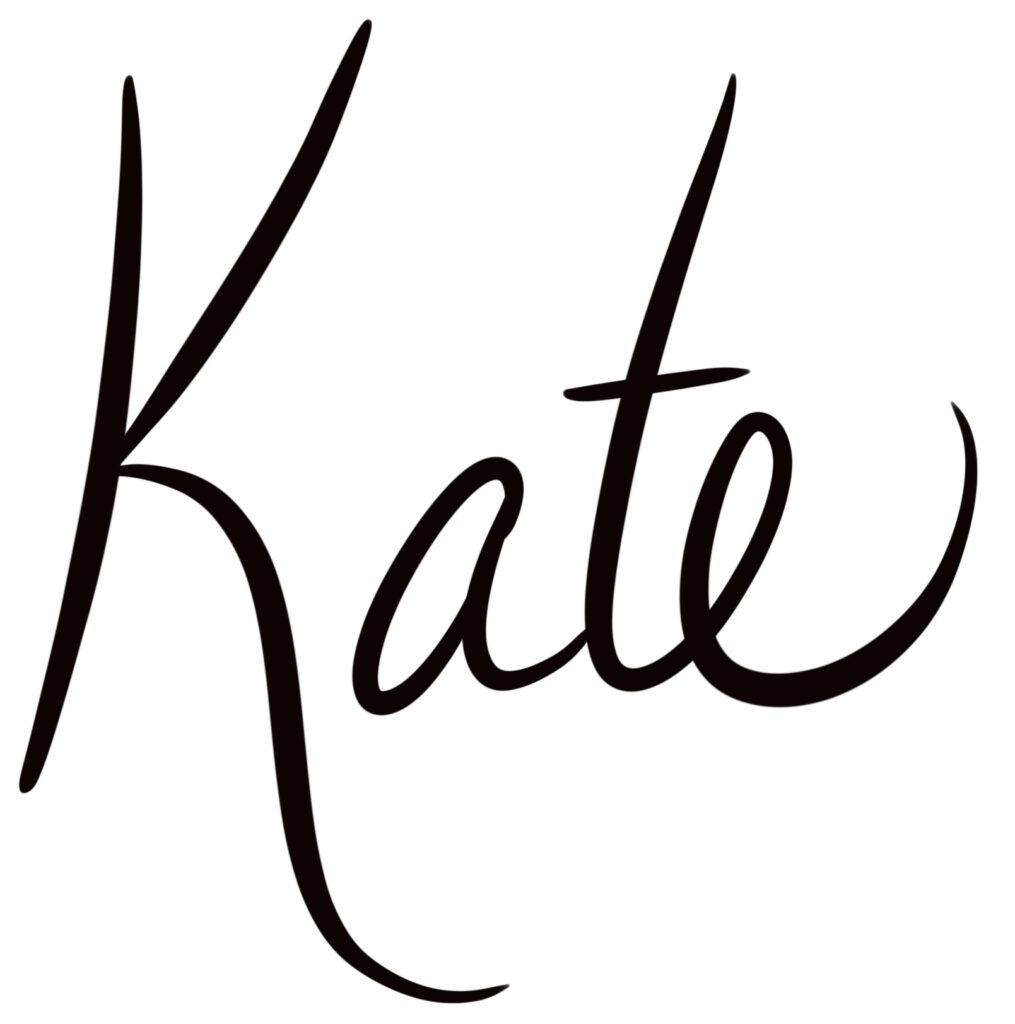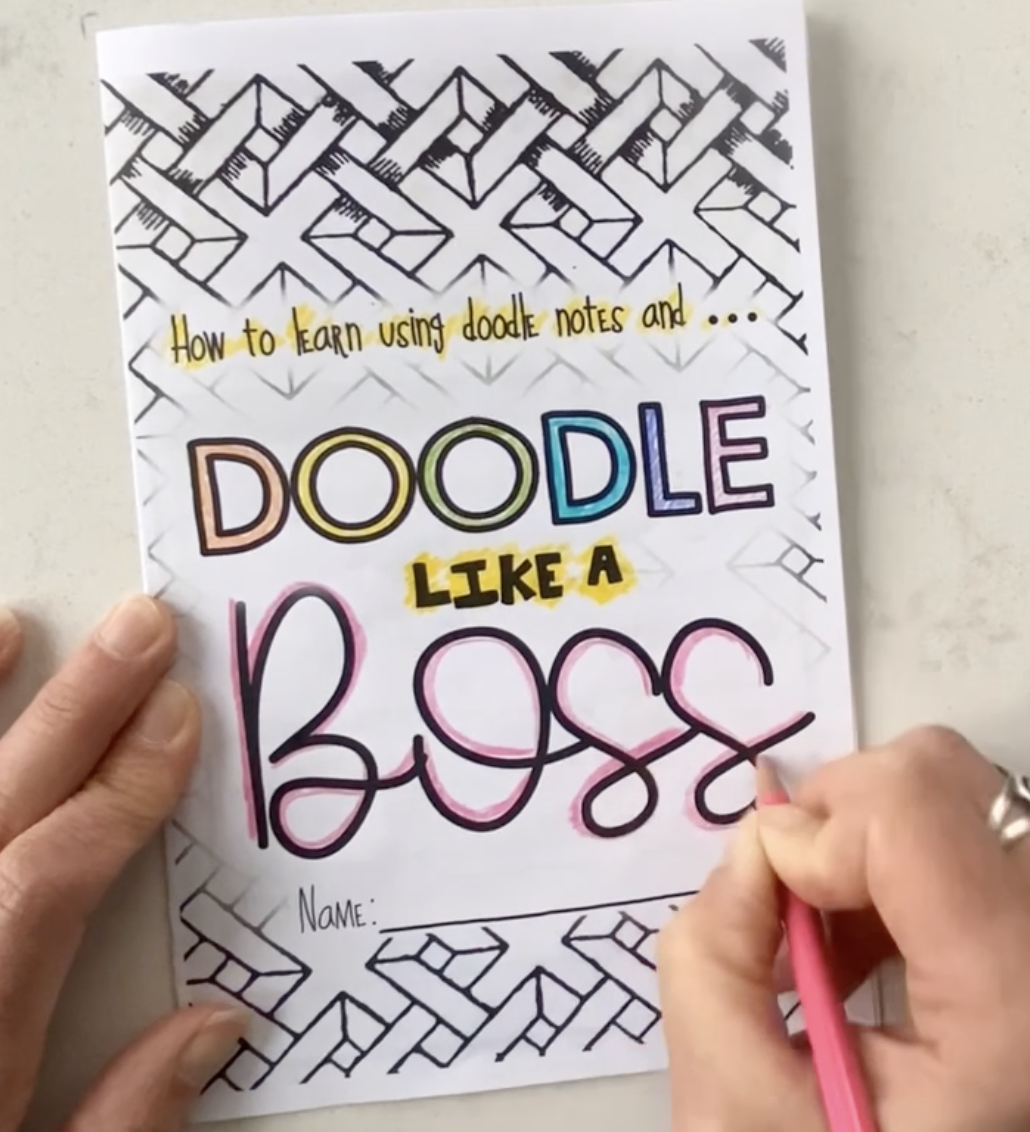Note-taking is an essential skill and this can be challenging for students who are more visual learners. Not only do Doodle Notes offer students an interactive note-taking experience and room for creativity, they can be excellent resources for differentiating any content!
Doodle Notes are sets of notes, focused around graphics, graphic organizers, and provide space for students to demonstrate understanding through doodling. Doodle Notes can be used in a variety of ways: in conjunction with a typical lecture-style lesson, during guided instruction (i.e. the teacher projecting the blank Doodle Notes on a screen and fill in the notes with the students), or as a completed (or partially completed) exemplar. Doodle Notes encourage students to draw out key information, as opposed to writing out full sentences which is helpful in teaching effective note-taking strategies. Doodle Notes also encourage students to use color in supporting their ideas and understanding concepts.
The best part about utilizing Doodle Notes in science is being able to differentiate for students who learn at various levels and at different paces. Most Doodle Note sets include multiple versions, scaffolded at different levels. For example, some students are ready to use a set of Doodle Notes that has less structure, and has more room for writing and/or drawing. Other students, or perhaps a student learning English as a second language, may benefit from a Doodle Notes version containing more structured, fill-in-the-blank style notes.
Here is an example of scaffolded Doodle Notes that could be used for students who need extra support. The differentiated Doodle Notes ensure that this level student is receiving the necessary information to be successful.
And here is an example of less-structured Doodle Notes that could challenge a higher-level student. These Doodle Notes allow for the student to choose what they write and how they demonstrate their understanding.
Here is a sample of a completed doodle page for NGSS standard MS LS1-4. (Pages for each NGSS standard are available for purchase here.)
Often times, our classes include students performing at high, low, and middle levels. Some students tend to be early finishers, while others may require more time. I have found that the nature and organization of Doodle Notes makes learning challenging topics less overwhelm-ing for students by chunking larger topics into smaller sub-topics. For example, a Cells Doodle Note set may contain separate Doodle Notes for types of cells, cell structure and function, and the cell cycle. Chunking larger topics into smaller sub-topics can encourage students to work at their own pace and feel less rushed while taking notes in class.
You can also use Doodle Notes to challenge students performing at various levels is through student-led learning. Provide students the completed version of the Doodle Notes – in other words, give them the answer key – and ask them to create a slideshow and/or presentation to convey the information in the Doodle Notes to their peers.
There are endless possibilities when it comes to integrating Doodle Notes into your instruction! If you’ve struggled with differentiation in the classroom, hopefully you can give Doodle Notes a try!






